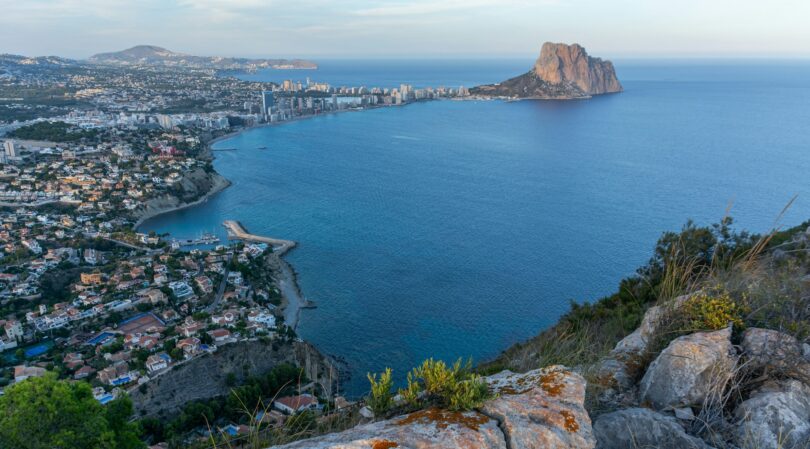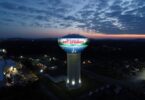According to Idrica, smart monitoring with IoT, integrated management systems with AI and Big Data, gray water reuse technologies and smart irrigation systems are all water digitalization strategies that can be used in the tourism industry.
Thanks to water cycle digitalization, some tourist areas have managed to reduce their non-revenue water by up to 35%, reaching efficiency levels of over 89% in their distribution networks.
Tourism is a major economic driver, with direct spending of €2.3 trillion per year worldwide. According to the year’s first UNWTO World Tourism Barometer, international tourism ended 2023 at 88% of pre-pandemic levels and analysts expect 2024 to be the year of full recovery.
However, more tourism also brings greater water consumption and, therefore, increased water stress in tourist destinations. In addition, fragmentation of the population in certain regions often leads to imbalances in the supply network. In Europe, while the average citizen consumes 128 liters per day, tourist consumption ranges from 450 to 800 liters. According to Álvaro Baldayo, a Project Manager at Idrica, “this is why it is essential to have good anticipation and forecasting in water management in tourist towns to handle demand, and this can only be achieved through digital transformation and efficient water use”.
TECHNOLOGICAL STRATEGIES FOR WATER DIGITALIZATION
Water is the centerpiece of many vacations with tourists taking advantage of this valuable natural resource in swimming pools, beaches, lakes and rivers. However, water is a limited resource and enjoying it must go hand in hand with a commitment to sustainability.

Tourist areas face the challenge of balancing economic development with the preservation of the natural environment. Water digitalization contributes significantly to achieving this balance thanks to a number of technological strategies.
- Smart water monitoring through IoT is one of the key strategies. Flow and pressure sensors installed at key points in the water system can measure usage in real time and detect leaks, thus facilitating immediate repairs and reducing water losses. In addition, data analysis platforms can identify consumption patterns and design more effective conservation strategies, thus promoting responsible use of the resource.
- Management systems that work with artificial intelligence and big data use advanced algorithms and databases to predict water demand and adjust supply efficiently. These systems can detect problems before they become serious incidents by analyzing historical and real-time data, thereby optimizing water management.
- Graywater recycling and reuse technologies are used to treat and reuse water from sinks, showers and laundry facilities for non-potable uses, such as garden irrigation and cleaning.
Filtration and treatment systems process graywater to remove impurities and pathogens, and the water is then stored in tanks and fed through pipe networks.
- Smart irrigation systems use soil moisture sensors and weather data to adjust irrigation automatically, ensuring that plants receive just the right amount of water without wasting it. These systems have built-in moisture sensors, smart irrigation controllers, and use irrigation management software to optimize water use in green areas.
These are some of the water digitalization strategies for the tourism industry that directly impact water savings. However, according to Álvaro Baldayo, a Project Manager at Idrica, “public education and awareness of water conservation are essential to promote sustainable practices and ensure the success of the relationship between tourism and water sustainability.”
Spain leads water digitalization
Spain continues to be a favorite destination for international tourists. The number of foreign tourists visiting Spain in 2023 exceeded 85 million for the first time since statistical records were brought in. This represents an 18.7% increase over 2022. Spain broke records for tourist spending, with expenditure of €108.66 billion, according to data published by the Spanish National Statistics Institute (INE).
Coastal areas are some of the most popular places in Spain for both domestic and international tourists. These towns, some of which have less than 50,000 inhabitants for most of the year, are faced with dramatic population growth in the summer, multiplying their population threefold in high season.
This influx brings economic benefits to the population, but also increases risks in terms of water supply. Against this background, municipal governments have chosen water digitalization to cope with the challenges posed by the seasonal variation of water demand. In this regard, the deployment of the Xylem Vue powered by GoAigua platform to manage the urban water cycle in these towns has brought significant improvements.
The Xylem Vue powered by GoAigua platform has been integrated into the drinking water and sanitation systems, optimizing water cycle management. Thanks to this project, these towns have managed to reduce their non-registered water by 35% in the last few years, reaching an efficiency of over 89% in its distribution network.
Therefore, the implementation of water digitalization strategies in tourist areas not only addresses the immediate challenges of water resource management, but also lays the foundations for long-term sustainable development, benefiting both the local economy and the environment.
Related articles:
Idrica develops new technologies using Big Data techniques and advanced data analytics to optimize agricultural irrigation







